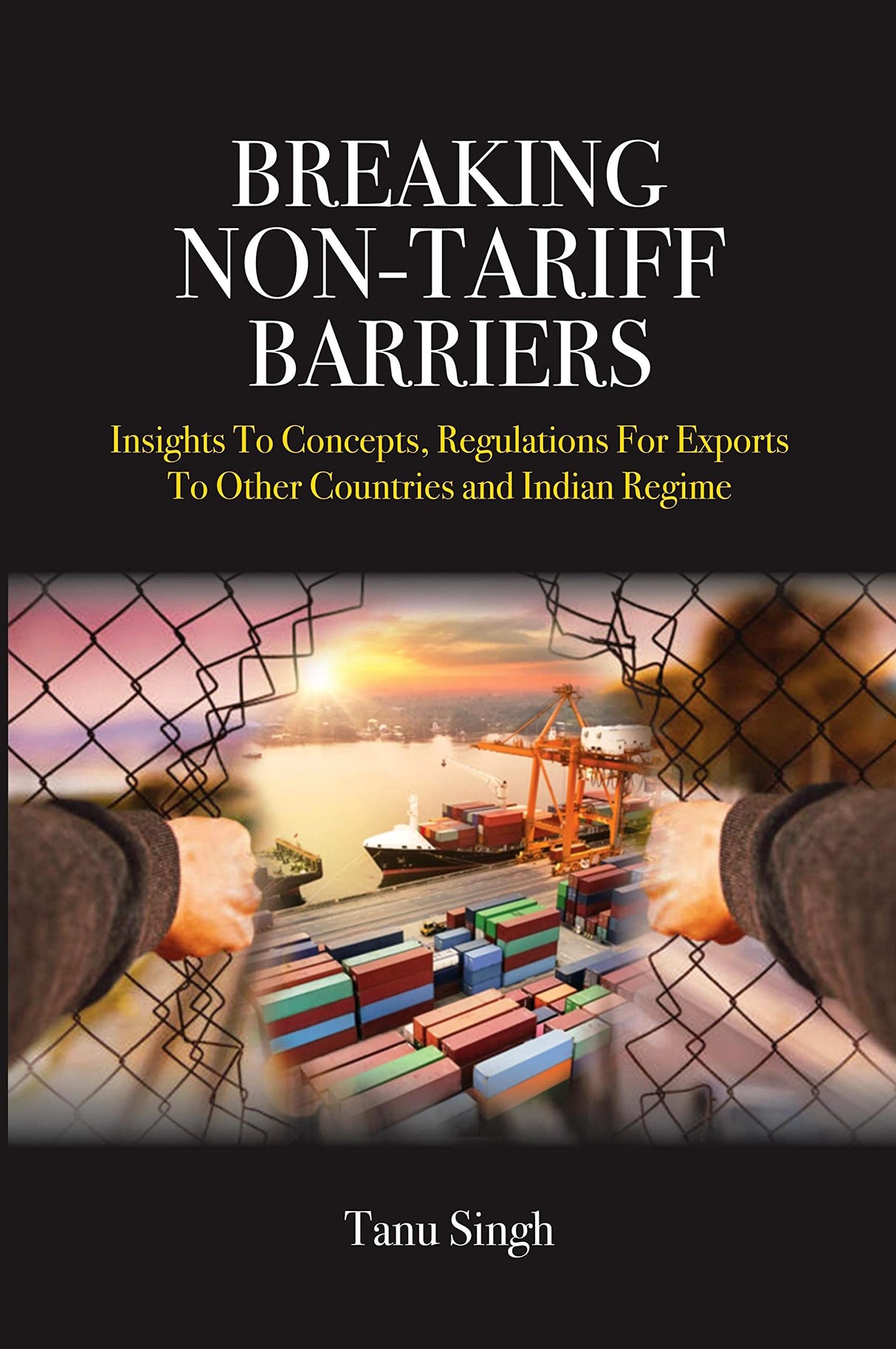Breaking Non-Tariff Barriers: Insights To Concept, Regulation for Exports to other Countries and India Regime
Breaking Non-Tariff Barriers: Insights To Concept, Regulation for Exports to other Countries and India Regime is backordered and will ship as soon as it is back in stock.
Couldn't load pickup availability
Genuine Products Guarantee
Genuine Products Guarantee
We guarantee 100% genuine products, and if proven otherwise, we will compensate you with 10 times the product's cost.
Delivery and Shipping
Delivery and Shipping
Products are generally ready for dispatch within 1 day and typically reach you in 3 to 5 days.
Author: Singh, Tanu
Brand: Pentagon Press
Binding: Hardcover
Number Of Pages: 258
Release Date: 21-07-2024
model number: 9789390095681
Part Number: 9789390095681
EAN: 9789390095681
Package Dimensions: 17.8 x 9.9 x 0.9 inches
Languages: English
Details: Non-tariff measures (NTMs) have become increasingly important in international trade as tariffs get limited by the WTO. More and more creativity is being used by countries to regulate trade in sectors of national interest and stay WTO compliant at the same time. It is all about how well policy-makers are able to make use of the ambiguity in the WTO Agreements negotiated decades ago to benefit their domestic industry. For exporters, just being aware of NTMs will not suffice. They have to be well versed with them, among other aspects of trade.
Attempts have been made to demystify NTMs by explaining the concepts of the WTO SPS and TBT Agreements hidden behind legal language and clearly explain what can be the norm and what is a violation. This book also looks at NTM regulations by countries where India has export potential, such as automobiles, chemicals, toys, textiles, etc., and the difference between policy making of developed and developing nations.
It cannot end without touching upon what India needs to do to discipline its domestic regulatory environment from the view of impact assessment and market surveillance. Both are related to the effective implementation of a regulation and thus need discussion in today's context.





